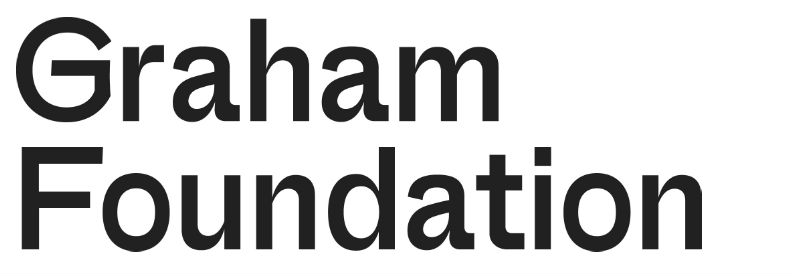Architecture, Planning, and International Law: On Domicide
Legal and built environment experts evaluate the concept of domicide and its application to the current crisis in Gaza and beyond.
May 23, 2024
2:00 p.m.
Architecture, Planning, and International Law is an open-ended series that brings together legal and built environment experts to discuss urgent topics at the intersection of their jurisdictions.
With over 34,000 people killed since October 7, 2023, two million displaced, and 70 percent of the housing stock either damaged or destroyed, the acute crisis in Gaza sits in a geographically broad and historically deep context of global conflict where the built environment has often worsened, rather than improved, the lives of those affected. The Architectural League seeks to encourage disciplinary engagement that reflects critically on destruction—resisting the common impulses that lead our professions to privilege construction.
How might this destruction be stopped? International law remains one of the only paths to seek accountability. And it is not only lawyers who make its systems function. Through their stewardship of the built environment (including long-standing engagement with the right to housing and the politics of climate change), architects, planners, and preservationists can shed light on the techniques, procedures, and consequences of modern urban warfare. They also have the potential to change them.
Bringing together both international law and built environment experts, this program will focus on the concept of “domicide,” and the current campaign to codify it explicitly as a crime against humanity. Balakrishnan Rajagopal, the United Nations’ special rapporteur on the right to adequate housing, defines domicide as:
The deliberate destruction of homes, the rendering of homes uninhabitable or any other systematic denial of housing when such acts are carried out in violation of international law and committed as part of a widespread or systematic attack against any civilian population.
But these definitions—of home and of the physical and legal infrastructures that both make it up and threaten it—are not settled, nor are their implications.
Panelists
Natasha Aruri is an urbanist and researcher based in Berlin and Ramallah. Her work focuses on the socio-spatial politics of colonialism, critical mapping as a medium for civic mobilization, and collaborative spatial design. Aruri is co-founder and director of the research and design studio UR°BANA, where she leads the research team for Ramallah in the multisite comparative project “Urbanization, Gender and the Global South: A transformative knowledge network.” She has taught at Dessau Institute of Architecture and was a researcher at K LAB, a laboratory for communication of urban issues, at the Technical University of Berlin.
Balakrishnan Rajagopal is the special rapporteur on the right to adequate housing for the United Nations and a professor of law and development in the MIT Department of Urban Studies and Planning, where he founded and directs the Displacement Research and Action Network. A co-founder of the Third World Approaches to International Law (TWAIL) Network of scholars and a leading voice on human rights and international legal issues from the perspective of the global south, Rajagopal is the author/editor of five books, including International Law from Below: Development, Social Movements and Third World Resistance from Cambridge University Press.
The program will be introduced and moderated by Brad Samuels, founding principal of architecture firm SITU and director of SITU’s research division, which focuses on the intersection of design, human rights, and technology.
Support
This program is supported by The Graham Foundation for Advanced Studies in the Fine Arts, and by the New York State Council on the Arts with the support of the Office of the Governor and the New York State Legislature.


Explore
A Life Worth Living
Azra Akšamija explores the complex role of culture in war and other crises.
Tillers of the horizon: Projecting public spaces by women in post-conflict Rwanda
Yutaka Sho explores how Rwandan communities are turning petrochemical waste into affordable and high-performance houses.
Connective spaces and social capital in Medellín
Jeff Geisinger investigates the built environment's impact on social capital in Colombia's second-largest city.
